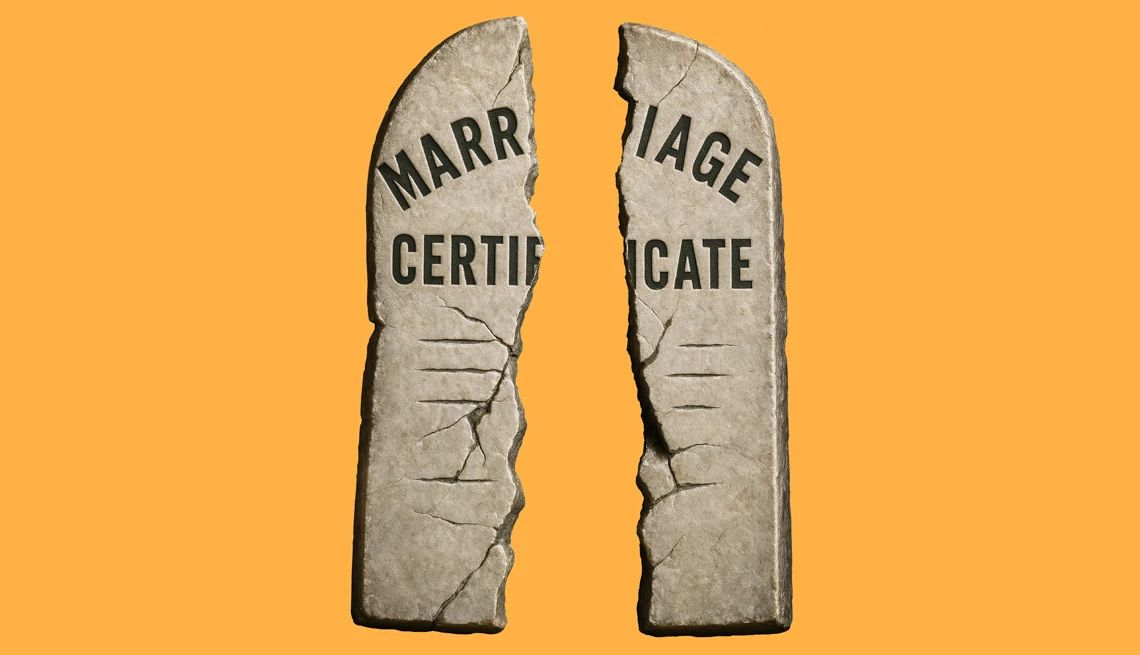AARP Hearing Center


Since 1990, the divorce rate among couples 50 and older has jumped from 8.7 percent of all divorces to 36 percent. The greatest increase in the divorce rate in the past three decades was among those 65 and older. And after a couple has spent decades of saving and investing together, the stakes — and potential financial fallout — can be higher in these “gray” divorces.































































More From AARP
Recommended for You